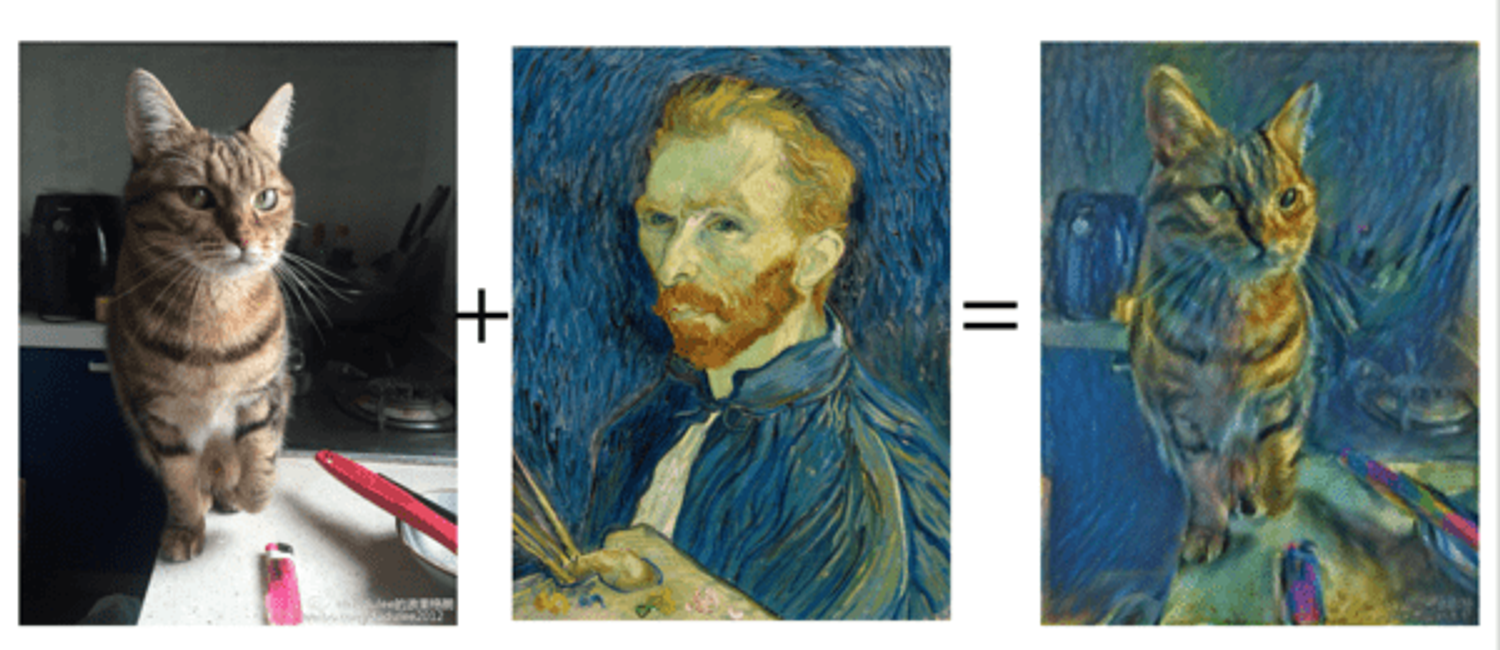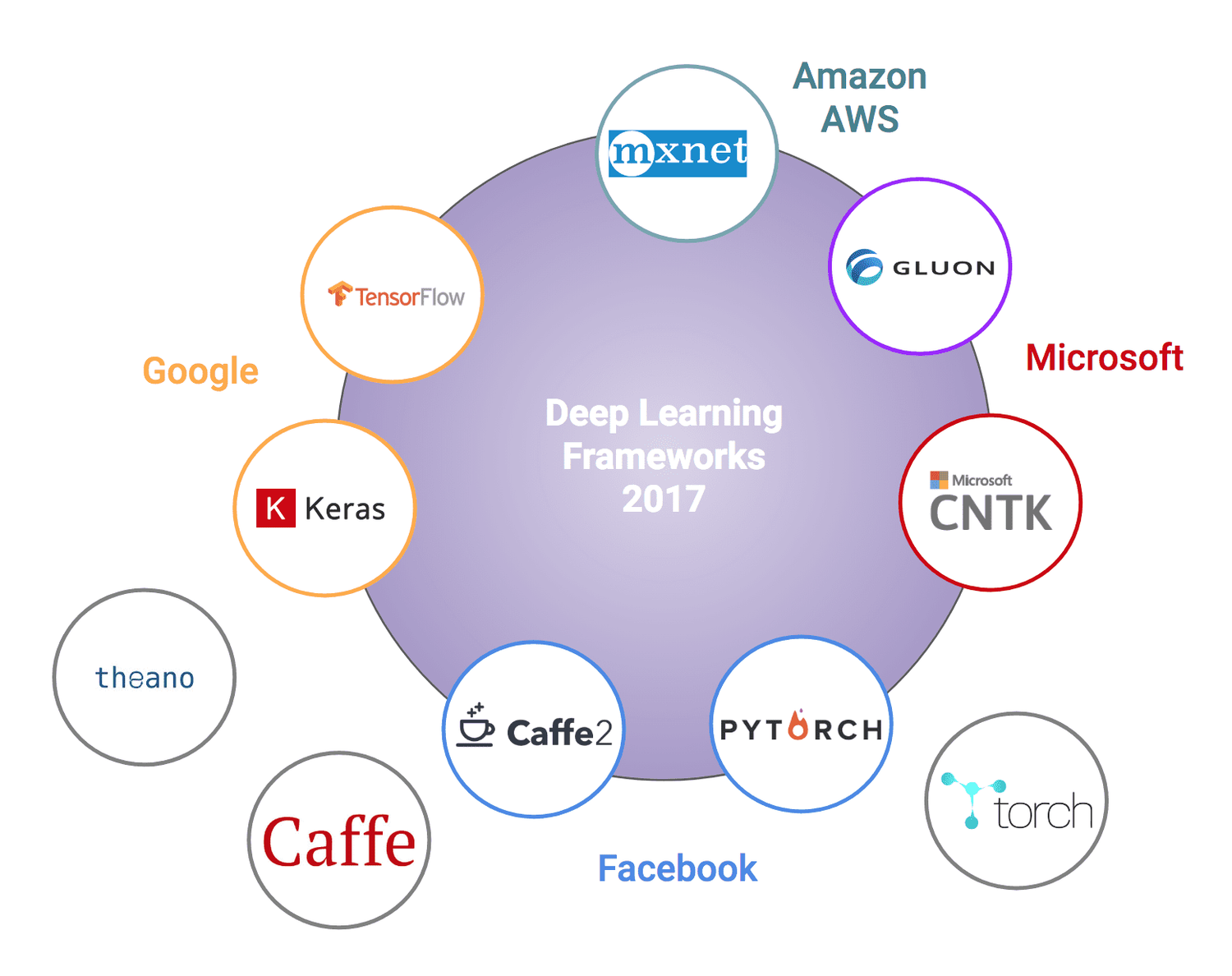With AutoGluon, AWS Brings AutoML to their Platform
- #machine-learning
- #software

AWS has responded to its competitors' developments in the deep learning AutoML space, introducing AutoGluon throughout its machine learning cloud services. The framework builds upon existing frameworks to provide a focused, modular solution for learning how each digital brain is shaped for a specific learning task. However, with similar developments in this space, a core question arises. Are they playing for the team of open source, or just looking to make everyone use the software that they have control over?
Either way, let's step through the lineage of AutoGluon, to fully understand its position in the space.
MXNet🔗
MXNet, another Apache project, is the chosen deep learning architecture framework for Amazon. Although several other such frameworks exist, Amazon deserves credit here for donating the project to the Apache Software Foundation. Doing so aligns with some core goals of open source collaboration, which is to standardize and lower the bar for similar efforts.
Gluon🔗
Gluon, an imperative software framework for deep learning models launched in 2017 by AWS and Microsoft, aims to bring some order from the chaos of the numerous similar-but-different machine learning software libraries.

Furthermore, the Apache nature of the Gluon project has led to some fantastic learning material created around it. Its main website has an ever-growing body of lessons and examples from classical machine learning to standard deep learning to Bayesian deep learning. The authors have a rather intriguing goal:
To our knowledge there's no source out there that teaches either (1) the full breadth of concepts in modern deep learning or (2) interleaves an engaging textbook with runnable code. We'll find out by the end of this venture whether or not that void exists for a good reason.
Source
AutoGluon🔗
AutoGluon now layers on top of MXNet and Gluon, offering automated learning of neural networks for a given text, image, or tabular data. The library includes a few of the state-of-the-art algorithms for neural architecture search (NAS), both for conventional deep learning architectures and for reinforcement learning agents. If you are interested in the nut & bolts of the approach, see Jesus Rodriguez's article on Medium.
Working Together, But Separately?🔗
Naturally, AWS has also made it seamless to utilize AutoGluon within its machine learning platform, Sagemaker. However, despite the AWS-Microsoft collaboration on Gluon, the two have notably created their own NAS libraries. Just last month, Microsoft open-sourced Project Petridish, a forward architecture search library. Most importantly, while they may eventually improve upon cross-cloud compatibility, both libraries are currently deeply coupled with their respective clouds.

The figure above shows how large companies have been rolling out ever-more software libraries, hoping that developers stick to theirs. Additionally, there is a glaring deficiency of direct attempt at compatibility between them. It's not so much "hey everyone, let's all share this" as much as it is "hey everyone, use ours and not theirs." This reminds me of the battle amongst telephone providers. How many of you have enjoyed the strain of trying to sync an Android phone with something based on the iCloud, or vice versa?
Get Your Hands Dirty🔗
Ready to give the library a try? Whether you deploy locally or in the cloud, here are a few options for diving in:
Pre-trained Models🔗
Gverab one of the pre-trained models off the shelf and apply it to your own task! Supporting code to re-train that same model is also provided for re-producibility.
Kaggle🔗
Kaggle scratches most machine learning itches in practice. The platform offers ways to learn, collaborate, and compete with others through open data sets, shared workspaces, and formal competitions. AutoGluon's docs share some snippets for quickly applying AutoGluon in your Kaggle workspaces.
Sagemaker🔗
The Sagemaker platform greatly improved in 2019, offering what AWS claims is the first true IDE for machine learning in Sagemaker Studio. It's still too soon to definitively say, but that platform shows great promise.
I'm Just Trying to Keep Up🔗
For those keen on simply keeping up with developments in the neural architecture search space, automl.org does very well at keeping up with developments.
